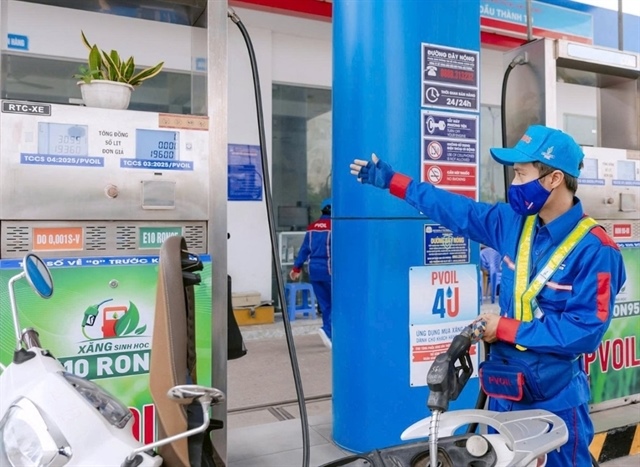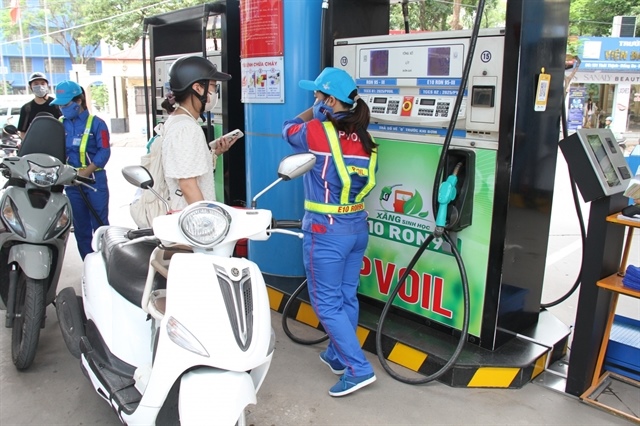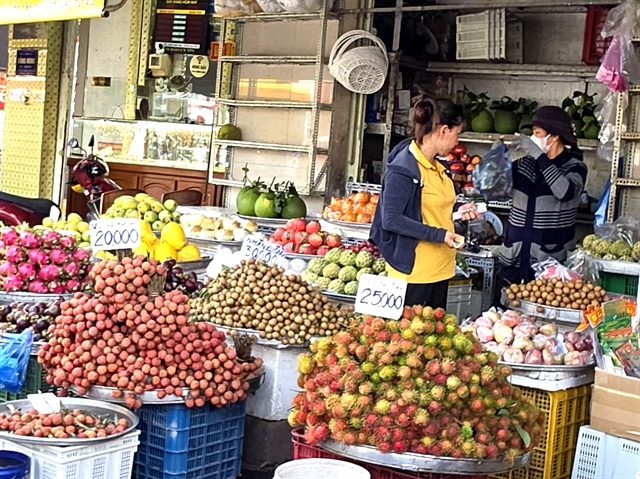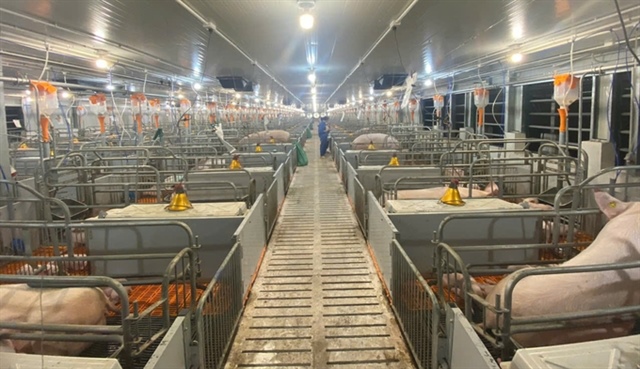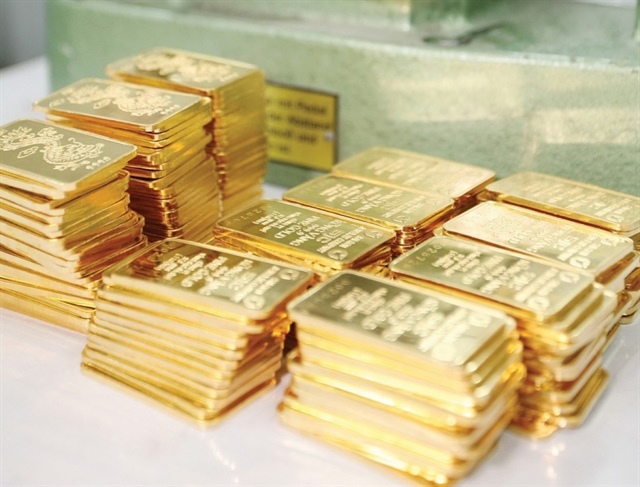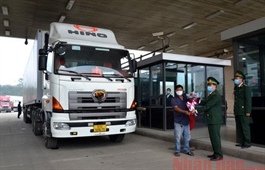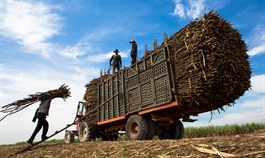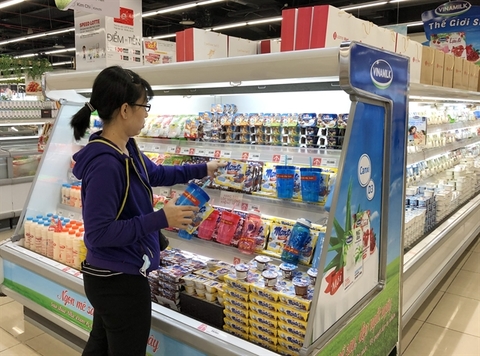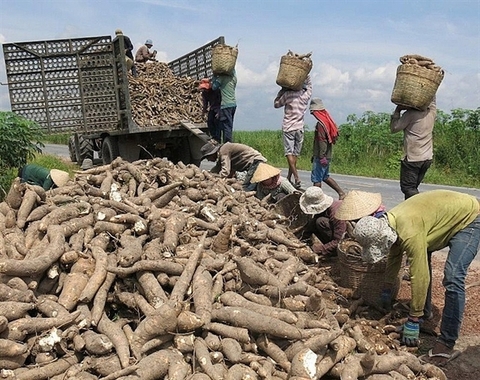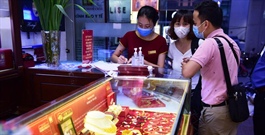Impetus for rubber suppliers to bounce back even higher
Impetus for rubber suppliers to bounce back even higher
Although expectations for an increase in rubber prices remain low, the recent spikes have left rubber growers in Vietnam less worried. Nevertheless, to cash in on the recovering carmakers and other industries after the pandemic, as well as compete with regional rivals, local latex gatherers may need to step up their game and apply for official certificates.
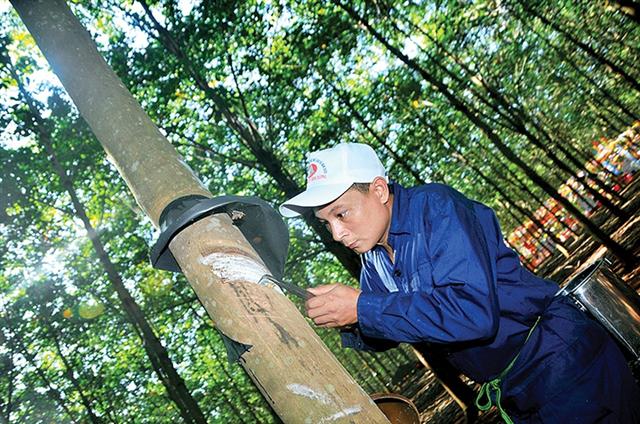
Latex extraction has seen labour shortages due to the pandemic, natural disasters, and other events
|
More than an hour’s drive from Pleiku, the capital of the Central Highlands province of Gia Lai, small roads are running through immense rubber forests. The town of Ia Kha is crowded with more than 8,000 people, but unlike in the past, these people are less occupied with farming than before.
Ro Mah Kiu, a worker in the 15 Corporation at 74 Company, often wakes up at 3am to scrape latex. When he was still farming, he lacked the necessary skills, often left behind a wasteland, and struggled all year round. As his life remained difficult, Kiu became worried about his future.
Eventually, he joined 74 Company’s local farmer support group to focus on latex extraction. But it was not easy to become a latex farmer. Proper care for mature rubber trees is tricky and learning the right technique for extracting the latex from the tree even more so.
The pandemic caused a scarcity in labourers and made it difficult to gather and process latex. Colonel Hoang Van Sy, commander of the 15 Corporation, told VIR, “The recruitment of new workers is cumbersome. Workers lost their jobs in other industries and returned to their localities in huge numbers, but after being recruited for latex exploitation, it always takes a lot of time training for them to become skilled enough for the job.”
In addition, between 2018 and 2019, the corps saw nearly 3,000 workers reaching retirement age, leaving a hole in the corps’ workforce that has yet to be filled.
Unlike in many other sectors, workers in the rubber industry are not just dependent on markets but also the weather, which sometimes leads to heavy impacts on price calculation.
“We are forced to cut input costs to a minimum, from over VND50 million ($2,175) per tonne of latex to VND32 million ($1,400) to reduce the pressure on prices,” Sy said.
Strong recovery
The long chain of declining prices in the rubber sector had lasted for nearly 10 years, with few people thinking they would ever bounce back. However, in the last months of 2020, rubber prices at the Osaka exchange – the reference for the natural rubber market in Europe and Asia – experienced nine consecutive gains. On October 28, the most-traded April 2020 futures contract increased by ¥20 (19 US cents, equalling 7.9 per cent) to ¥274.3 ($2.65) per kilogramme, the highest closing price since March 2017. The increase in this session was also the highest since the end of 2008.
Reversing prices for rubber can be easily envisioned in a period of economic development, but with 2020, a year of stagnation and economic decline amid the pandemic, market interference from the Chinese market becomes more apparent. Statistics of the Chinese Customs Department said that in the first 11 months of 2020, China’s rubber imports reached $9.76 billion, up 4.5 per cent compared to the same period in 2019.
The staggering market recovery can also be explained by the fact that rubber production in China last year dropped by 30 per cent on-year, due to massive storms on Hainan Island and droughts in Yunnan province.
China has seen a significant increase in imports with only a gradual decrease in consumption. The 11-month data of Vietnam’s Ministry of Industry and Trade shows that China spent $4.34 billion, up 35.2 per cent over the same period in 2019, for the import of a popular mixture of natural and synthetic rubber.
Meanwhile, the Chinese auto industry – one of the key sectors for rubber consumption – remained on a downturn due to the global health crisis. Although the situation is slowly improving, the China Association of Automobile Manufacturers estimates that sales in 2020 dropped by 10 per cent, much lower than forecast.
The ability for rubber prices to recover globally stands in stark contrast to the decrease in supply. The Association of Natural Rubber Producing Countries (ANRPC) predicts that in 2021, global rubber production could recover to around 13.7 million tonnes, an increase of 8.6 per cent compared to last year. However, even with this increase, 2021’s production would still be lower than that of 2019 and 2018, with about 13.8 million tonnes.
Rubber production across Southeast Asia, which accounts for two-thirds of global natural rubber supply, has been severely affected by labour shortages due to the pandemic, natural disasters, and other disadvantages. The demand-supply gap is widening, while rubber traders fear the supply shortage will be further exacerbated by the continuing political instability in Thailand and the uncontrolled pandemic.
According to the ANRPC, 2020’s production decreased by about 6.8 per cent compared to 2019, to 12.9 million tonnes, mainly due to the decline in Thailand and India, of which Thailand’s output decreased by about 332,000 tonnes. This corresponds to the forecast of the Rubber Authority of Thailand on last year’s production, which was already estimated to be about 10 per cent lower due to the constant rains in the south of the country.
In Vietnam, the trend of decreasing latex plantation areas is also apparent at some large suppliers.
Dong Nai Rubber Co., Ltd., which had specialised in natural rubber supply, has started its plan to reduce 40-50 per cent of its exploitation and preliminary processing by 2025 to switch into fields with higher margins. According to Do Minh Tuan, general director of Dong Nai Rubber, latex exploitation so far contributed around 70-75 per cent of the company’s revenue. Last year, the firm even recruited 250 more locals as workers but remained unable to make up for the shortage to meet production goals.
Less worried farmers
Data from the Vietnam Rubber Association shows that the development of national plantations for rubber has expanded the area to nearly one million hectares, of which nearly 70 per cent is meant for direct latex extraction with an estimated output of about 1.1 million tonnes per year, making Vietnam the third-largest natural rubber exporter in the world. However, as around 80 per cent of the country’s natural rubber is meant for export and domestic consumption, there is little room left for deeper processing and refining, resulting in excessive dependence on global rubber prices.
Although some multilateral deals like the EU-Vietnam Free Trade Agreement have opened a door for exports to grow, Vietnam’s rubber sector has yet to make real use of these opportunities. The EU market has a large demand for high-end rubber, for which Vietnamese producers could provide the input materials. According to statistics from the General Department of Customs, the European market accounted for merely 5.1 per cent of the total export volume of 1.1 million tonnes of rubber within the first nine months of 2020.
Meanwhile, Huynh Tan Sieu, head of technology and environment at the Vietnam Rubber Industry Group, pointed out that local businesses also miss out on the opportunity to further the competitiveness of Vietnamese rubber in the global market by not applying for the FSC forest management certification, which confirms social and environmental characteristics of a company’s operations.
John Heath, commercial director at London-based natural rubber company Corrie MacColl Ltd., said in January that the European market is currently paying much attention to FSC-certified rubber. His company is distributing about 500 tonnes of certified latex to the European market each month, “a very small fraction of the growing demand for FSC-certified rubber in this market,” Heath explained.
In response to growing pressure from civil organisations and consumers, companies take more responsibility for supply chains, and Heath said that Corrie MacColl aims to “do the right thing, so it will not buy rubber from customers who cut primary tropical forests to plant rubber.”
Good products and official forest certifications have enabled 15 Corporation to access markets outside of China, led by the desire to reduce the focus on a single export market. As such, customers from Russia, Sweden, India, and Japan are considering buying the company’s latex and rubber.
However, since costs are currently higher for sourcing from the Central Highlands, “sustainable solutions with mutual benefits have to be agreed on,” said Sy of the 15 Corporation.
He hopes that the output of the 40,000ha will suffice this year to reach the targeted 10-15 per cent increase in revenue and secure the jobs of more than 10,000 workers. In 2020, the corporation banked a gross revenue of over VND1.5 billion ($65.2 million).


